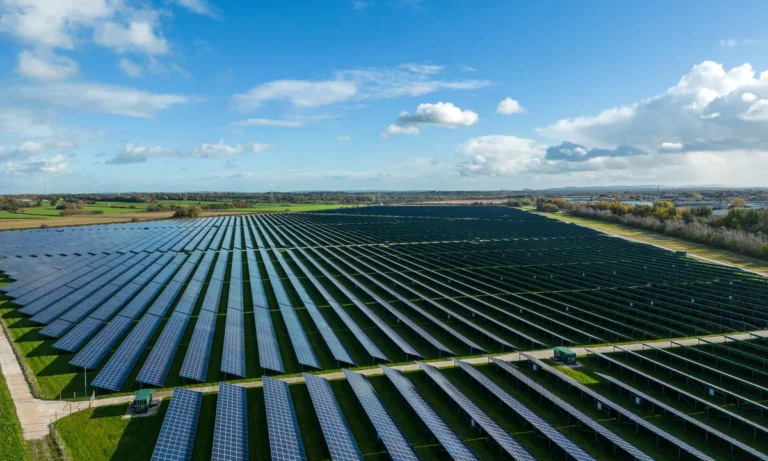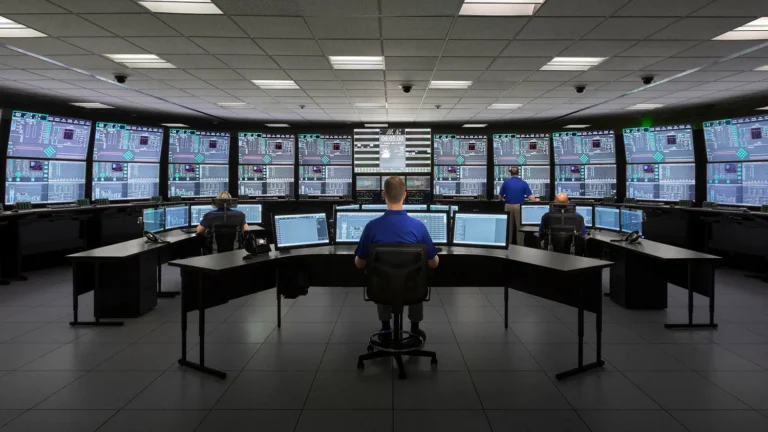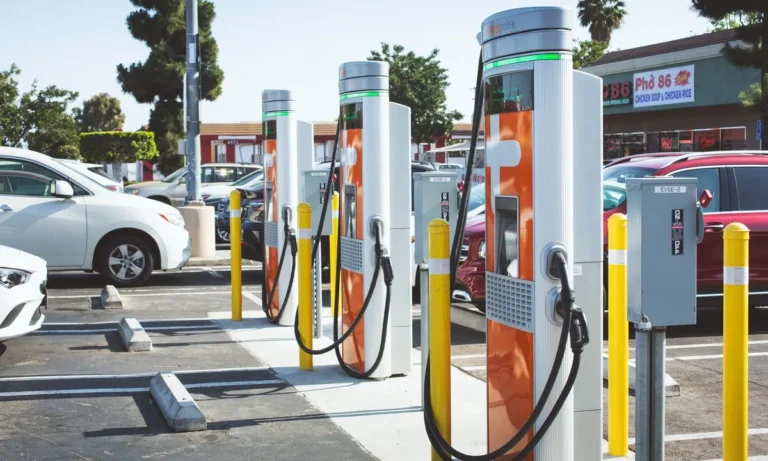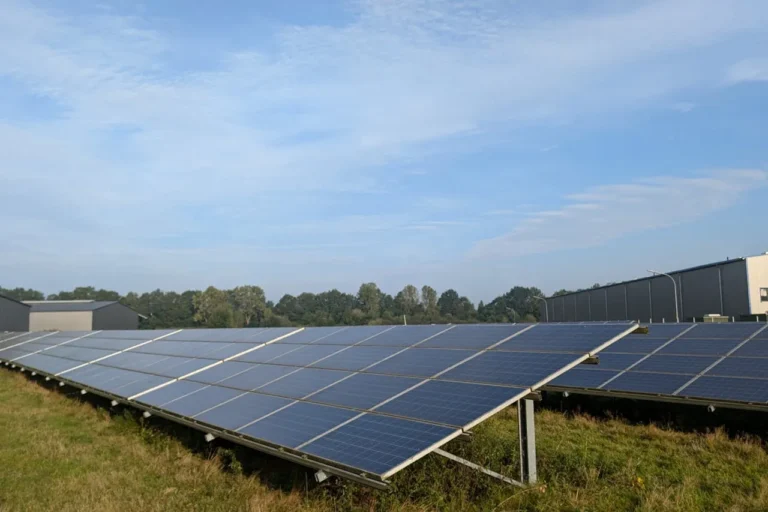
NTT DATA’s Waste Heat to Power Berlin’s Climate-Friendly Heating
NTT DATA, a global leader in digital business and technology services, has launched an innovative waste heat recovery project at its Berlin 1 Data Center, located in the Spandau district of Berlin. This initiative aims to provide sustainable heating for “Das Neue Gartenfeld,” a new residential and commercial development in the area. Through this project, up to 8 MW of heating capacity will be supplied from two Spandau data centers in collaboration with Quartierswerk Gartenfeld GmbH, a joint venture between ENGIE Deutschland and GASAG Solution Plus. The project’s significance was underscored at a celebratory event attended by Berlin’s Governing Mayor, Kai Wegner, along with key political and business figures.
Das Neue Gartenfeld spans over 76 acres in Berlin-Spandau and is designed to accommodate over 10,000 residents through 4,500 apartments, 200 commercial units, and essential public facilities such as daycare centers and schools. The heating requirement for the district will be met through an on-site energy center connected to a local heating network. Carbon-free excess heat from NTT DATA’s data centers will be transported to the energy center via a 2-kilometer pipeline, ensuring an environmentally friendly heating solution.
The IT-generated heat, with an initial temperature range of 20 to 30 degrees Celsius, will be efficiently upgraded by heat pumps to the required 65 degrees Celsius for the heating network. This waste heat recovery project is a key step toward optimizing energy efficiency and reducing carbon emissions, with a maximum thermal power provision of 8 MW.
Konstantin Hartmann, Managing Director EMEA at NTT Global Data Centers, highlighted the uniqueness of this endeavor: “While waste heat utilization is often incorporated into the design of new data centers, it is a rarity for existing ones. NTT Global Data Centers has long explored methods to use waste heat internally for applications such as office heating and preheating emergency power generators. With this project, we are taking a groundbreaking step by implementing what is likely Germany’s largest waste heat recovery project from an operational data center. This demonstrates that carbon-free waste heat at temperatures of 20 to 30 degrees Celsius can be sustainably repurposed to provide efficient heating for an entire district.”
To handle peak heating demands during the winter months, a supplementary 3.6 MW power-to-heat boiler will be installed, alongside a 300-cubic-meter hot water tank. The construction of the energy center is set to commence in early 2026, with the waste heat integration into the district’s heating network expected to be operational by the end of the same year. This timeline aligns with Berlin’s broader energy transition goals, aiming for sustainable urban development and climate-friendly infrastructure.
Niklas Wiegand, Managing Director of ENGIE Deutschland, emphasized the long-term benefits of this project: “Our customers prioritize sustainability and future-proof solutions. After analyzing various options, we opted for a decentralized heating supply that integrates an existing waste heat source. This strategic choice will enable us to save approximately 6,000 tons of CO2 per year while ensuring a reliable and independent heating solution for the district.”
Matthias Trunk, Chief Sales Officer at GASAG, underscored the importance of collaborative efforts in executing this complex initiative: “The technical demands of this project necessitate strong cooperation between all stakeholders. We are pleased to contribute our expertise in data center waste heat utilization to this forward-thinking solution. This large-scale district project will play a vital role in advancing Berlin’s transition to sustainable heating solutions.”
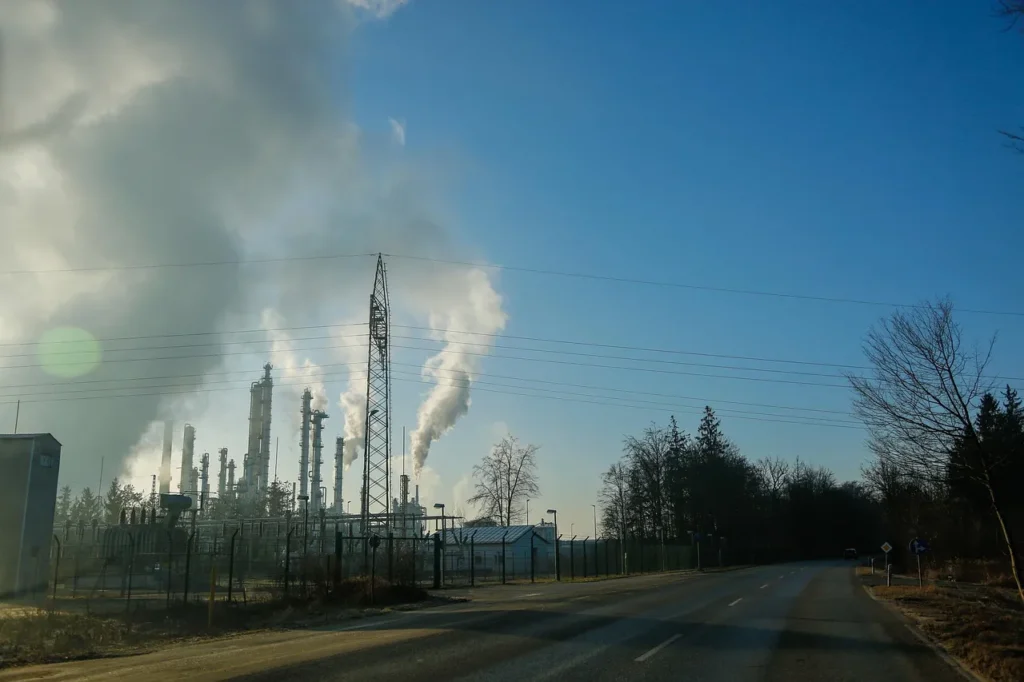
Berlin’s Governing Mayor, Kai Wegner, further emphasized the city’s commitment to climate resilience and energy innovation: “Berlin must remain a climate-friendly, resilient, and forward-looking metropolis for future generations. The Berlin Senate, in partnership with key economic players like GASAG, is dedicated to achieving this goal through ambitious and innovative strategies. Das Neue Gartenfeld serves as a pioneering example of a successful energy transition project, demonstrating how integrating multiple local energy sources can contribute to a sustainable future.”
The Broader Impact of Waste Heat Utilization in Urban Sustainability
Data centers are notorious for their substantial energy consumption and heat generation, often leading to inefficiencies in energy use. Traditionally, the waste heat from data centers is dissipated into the atmosphere, contributing little to surrounding communities. However, with growing concerns over climate change and energy efficiency, leveraging waste heat from existing data centers presents a significant opportunity to enhance urban sustainability.
Germany, in particular, has set ambitious targets for reducing carbon emissions and increasing energy efficiency. Projects like the NTT DATA waste heat recovery initiative align with national and European energy policies that advocate for sustainable urban planning and innovative energy solutions. The integration of waste heat into district heating networks is a promising strategy that not only improves energy efficiency but also reduces reliance on fossil fuels.
Several other European cities have begun implementing similar initiatives. For instance, Stockholm, Sweden, has incorporated data center waste heat into its district heating system for years, with companies like Ericsson and Amazon Web Services participating in these efforts. The concept is also gaining traction in cities such as Helsinki and Amsterdam, where authorities are working with tech firms to harness excess heat from digital infrastructure. Berlin’s commitment to this model through the Das Neue Gartenfeld project solidifies its role as a leader in sustainable urban energy solutions.
Overcoming Challenges in Waste Heat Integration
Despite its advantages, the integration of waste heat from data centers into district heating systems presents several technical and logistical challenges. One of the primary hurdles is the relatively low temperature of data center waste heat, which typically ranges between 20 and 30 degrees Celsius. To make it suitable for district heating, advanced heat pump technology is required to elevate the temperature to usable levels. While this adds complexity and costs to the system, advancements in heat pump efficiency and renewable electricity sources help mitigate these challenges.
Another challenge is the infrastructural requirement for transporting heat to end users. Laying pipelines and modifying existing district heating networks demand significant investments and careful planning. In the case of the Das Neue Gartenfeld project, a 2-kilometer pipeline was deemed feasible due to the proximity of the development to the data center. However, longer distances may present economic and technical barriers that need to be addressed through innovative engineering and financial support mechanisms.
Moreover, regulatory frameworks play a crucial role in enabling or hindering the adoption of waste heat recovery systems. Governments and local authorities must create supportive policies that incentivize businesses to invest in waste heat utilization. Berlin’s proactive approach, as demonstrated by its collaboration with NTT DATA, GASAG, and ENGIE Deutschland, sets a positive example for other regions considering similar projects.
The Future of Data Center Waste Heat Utilization
As digital infrastructure continues to expand globally, the need for sustainable solutions in the data center industry becomes increasingly critical. Companies like NTT DATA are pioneering efforts to make data centers more environmentally responsible by repurposing waste heat for urban applications. Looking ahead, technological advancements in heat recovery, energy storage, and district heating integration will further enhance the viability of such projects.
Berlin’s waste heat recovery initiative serves as a model for cities worldwide seeking innovative ways to achieve carbon neutrality. By leveraging excess heat from data centers, urban areas can reduce their reliance on traditional heating methods, lower carbon emissions, and promote energy circularity. With continued collaboration between industry leaders, policymakers, and technology providers, the concept of using waste heat for district heating could become a standard practice in sustainable urban development.


